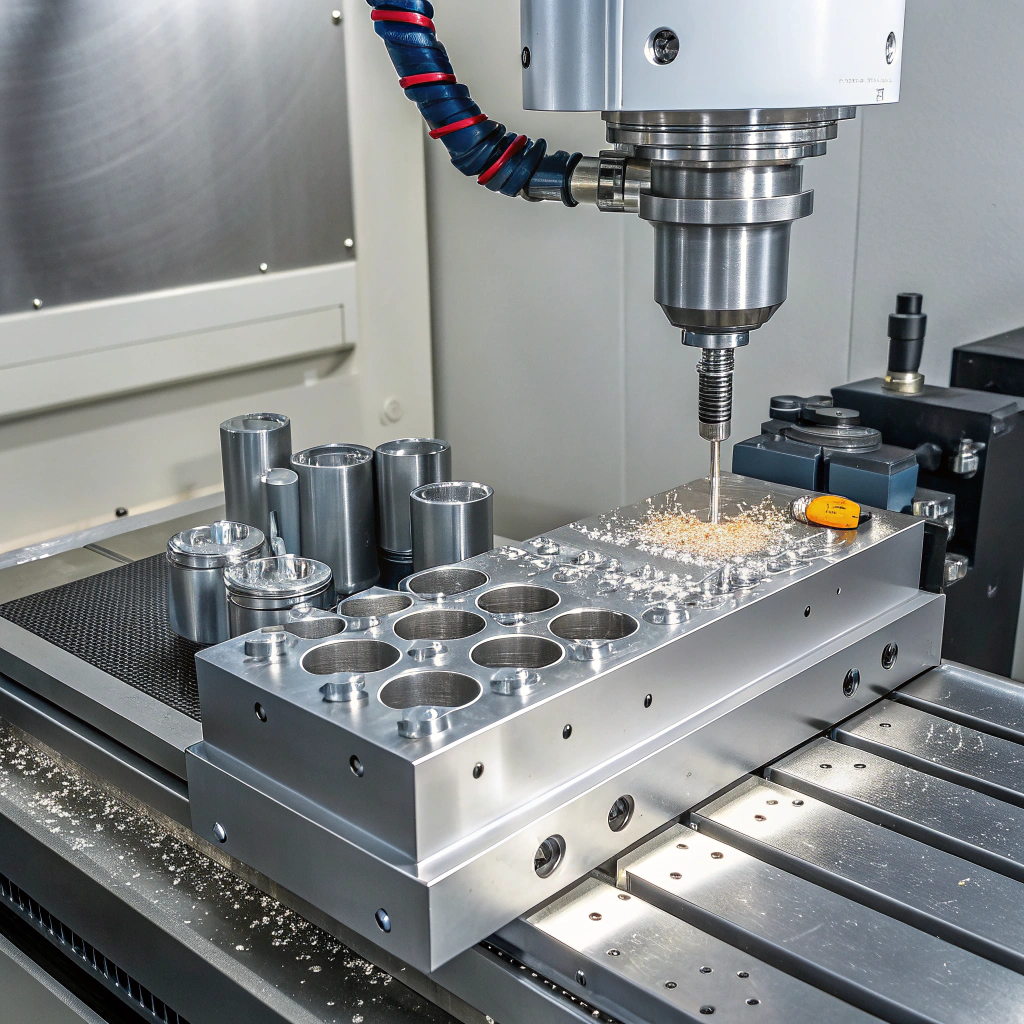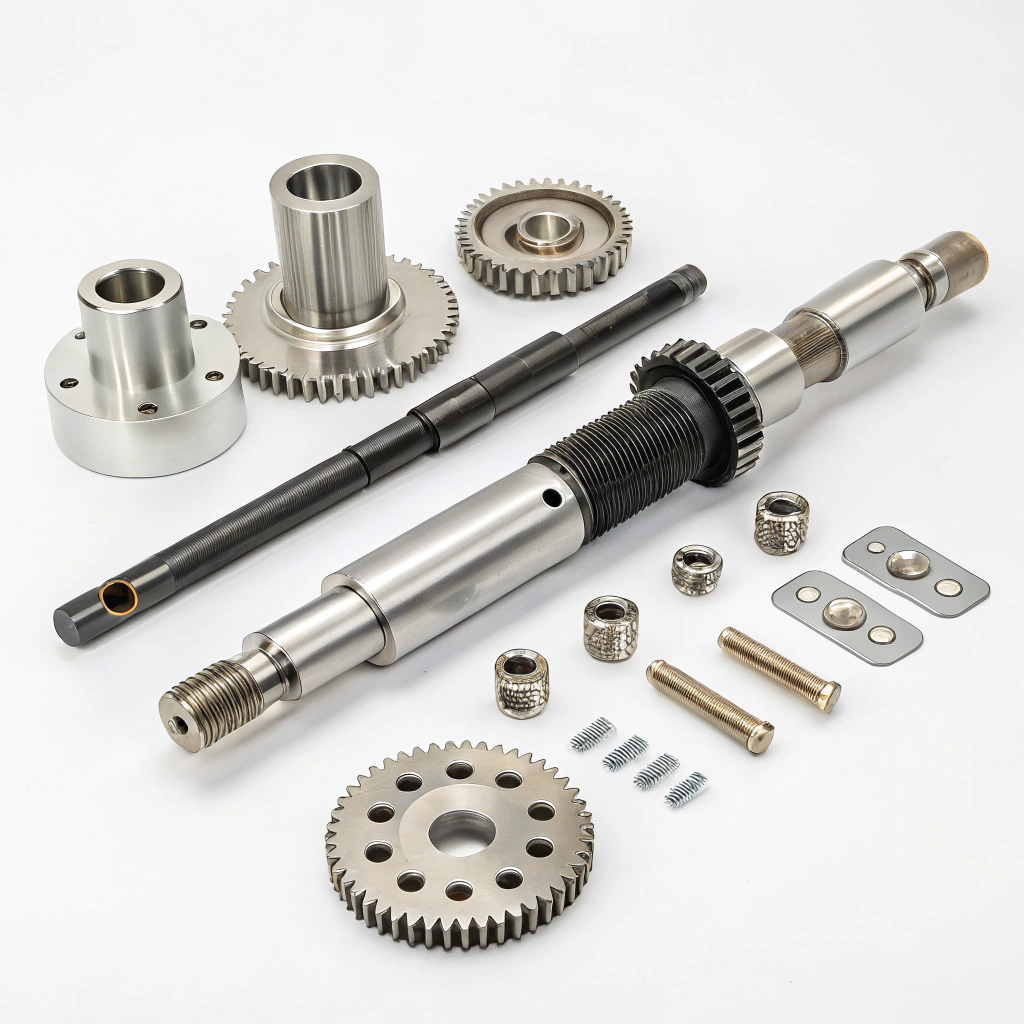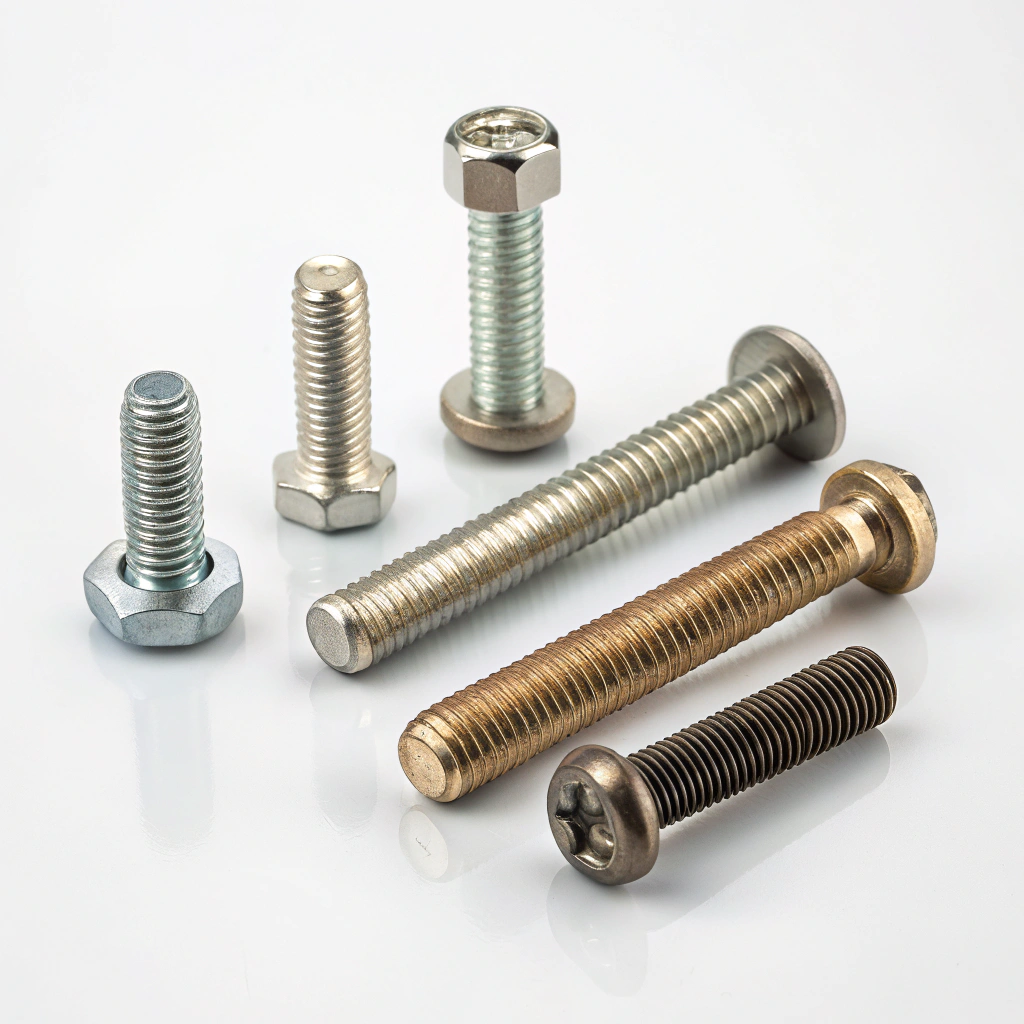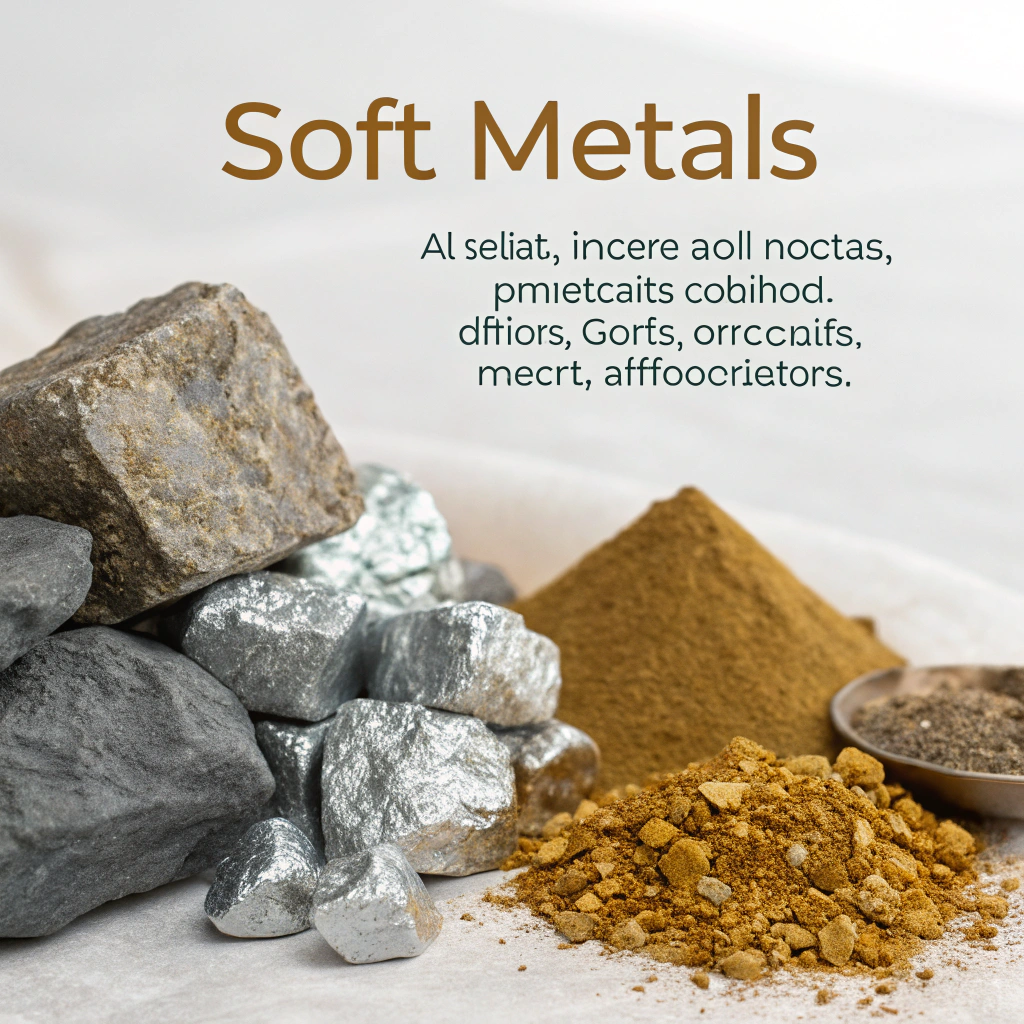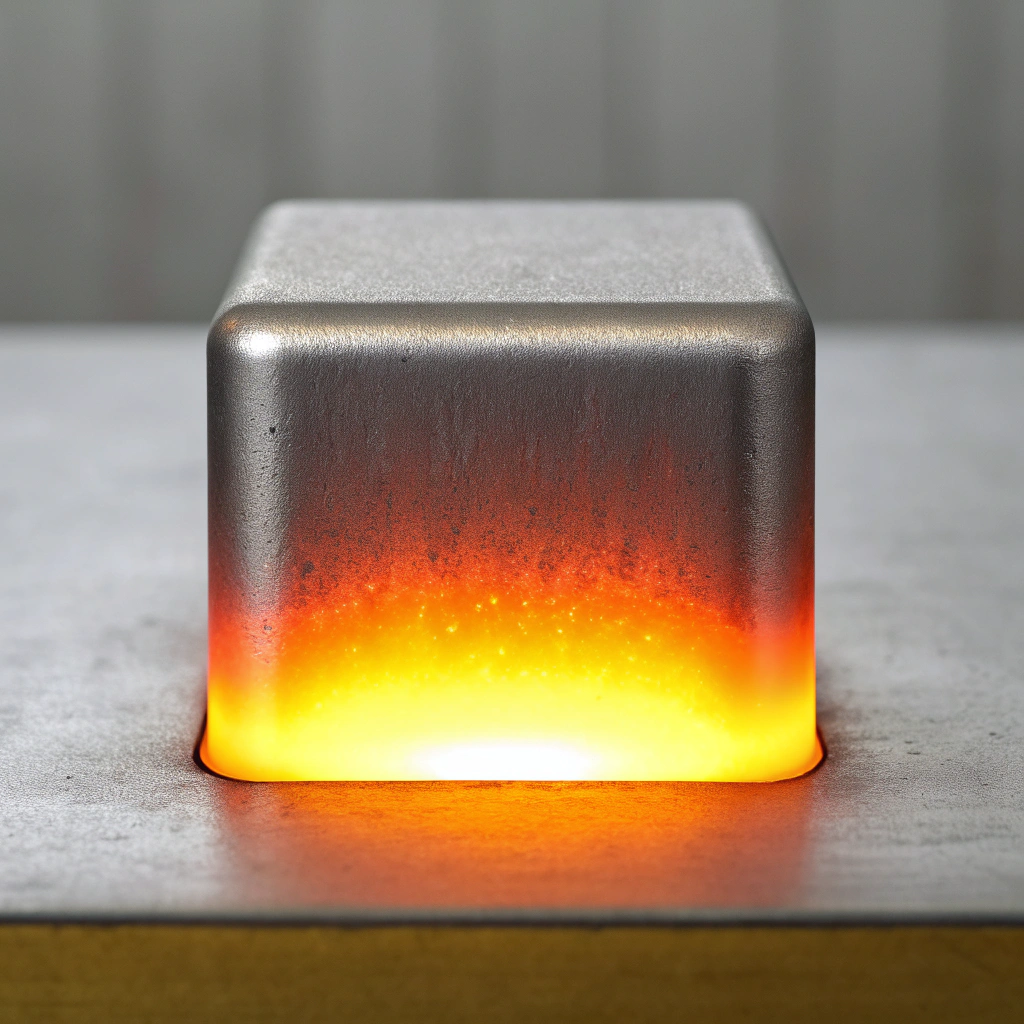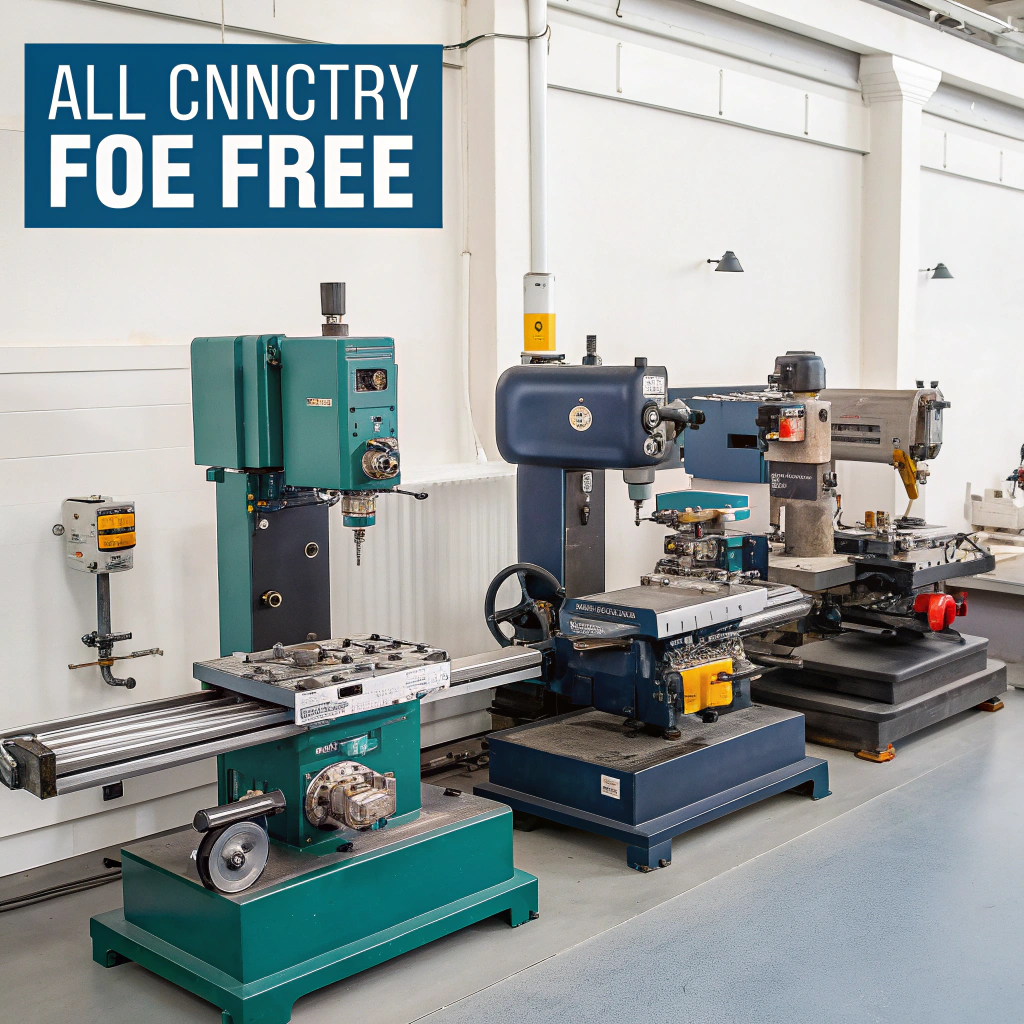
CNC machining sounds like a single technology, but it’s actually a group of different methods, machines, and motion systems. Knowing the types and classifications can save time and money.
CNC machining includes several processes such as milling, turning, and EDM. Each machine type and axis classification serves a specific purpose depending on material, geometry, and tolerance needs.
If you’re planning to outsource parts, build a product, or source custom components — understanding the basics of CNC tools helps you choose the right partner and avoid costly mistakes.
What are the main types of CNC machining (e.g. milling, turning)?
Many people think all CNC machines do the same job. But that’s far from true.
The main types of CNC machining are milling, turning, routing, grinding, and EDM — each suited for different shapes, surfaces, and materials.
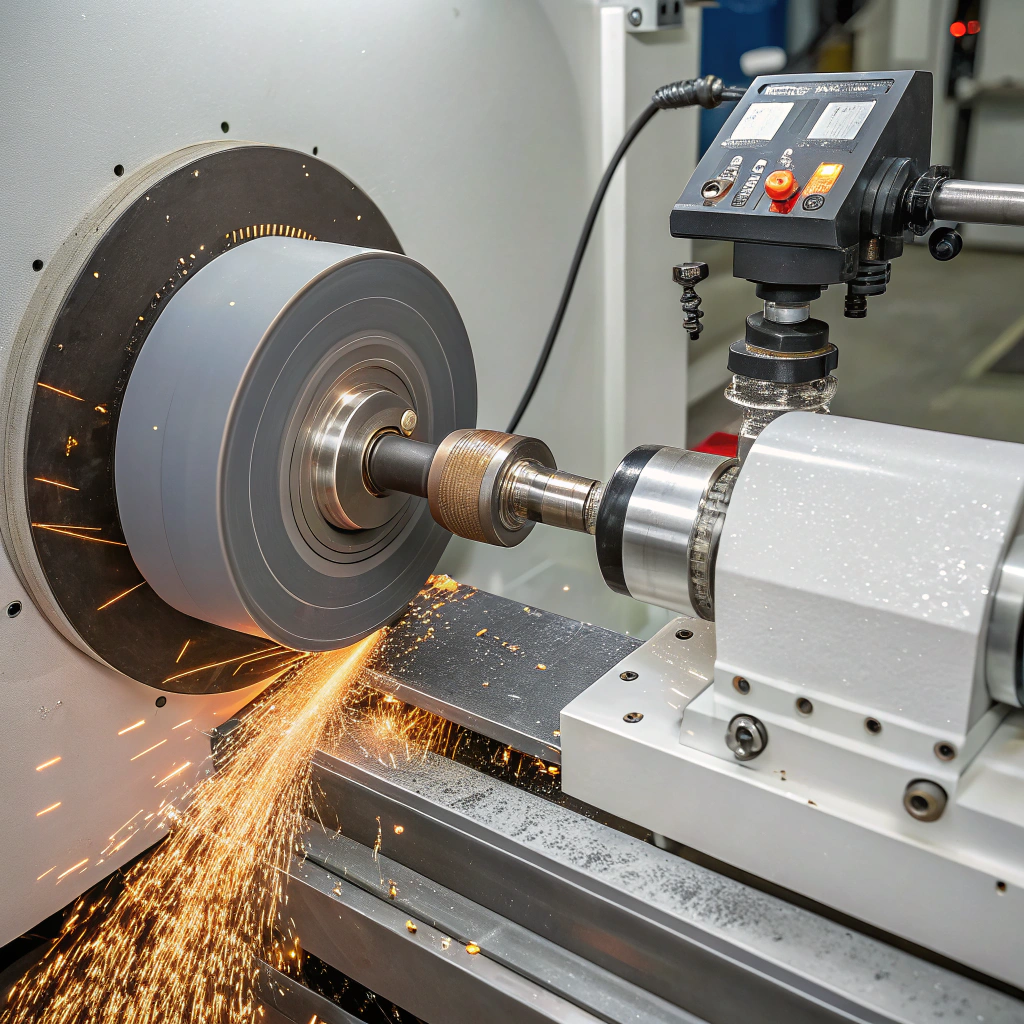
Main CNC Machining Types
| Type | Description | Ideal Use Cases |
|---|---|---|
| CNC Milling | Rotary tools remove material from a stationary workpiece | Precise cuts, slots, complex shapes |
| CNC Turning | Rotating part is shaped with fixed tools | Cylindrical parts, shafts, bushings |
| CNC Routing | Similar to milling but optimized for softer materials | Wood, plastic, lightweight metals |
| CNC Grinding | Abrasive wheel finishes surfaces to tight tolerances | Smooth finishes, tooling |
| CNC EDM (Electrical Discharge) | Removes material using electrical sparks | Hard metals, complex cavities |
| CNC Laser/Plasma Cutting | Uses focused heat or energy beam | Sheet metal cutting, fine detailing |
Real example from our projects
We worked with a Canadian customer who needed aluminum heatsinks with deep fins. Standard CNC milling would’ve taken too long. We used a high-speed CNC router instead — it cut the soft 6063 aluminum quickly and cost-effectively.
If they had ordered the same parts through a standard milling process, costs would’ve increased by 30%.
How are CNC classifications (e.g. 3-axis, 5-axis) defined?
Not all CNC machines are equal. Some move in two directions, others in five or more.
CNC classifications are based on the number of axes (X, Y, Z, A, B) the machine can control simultaneously. More axes allow more complex part geometry.
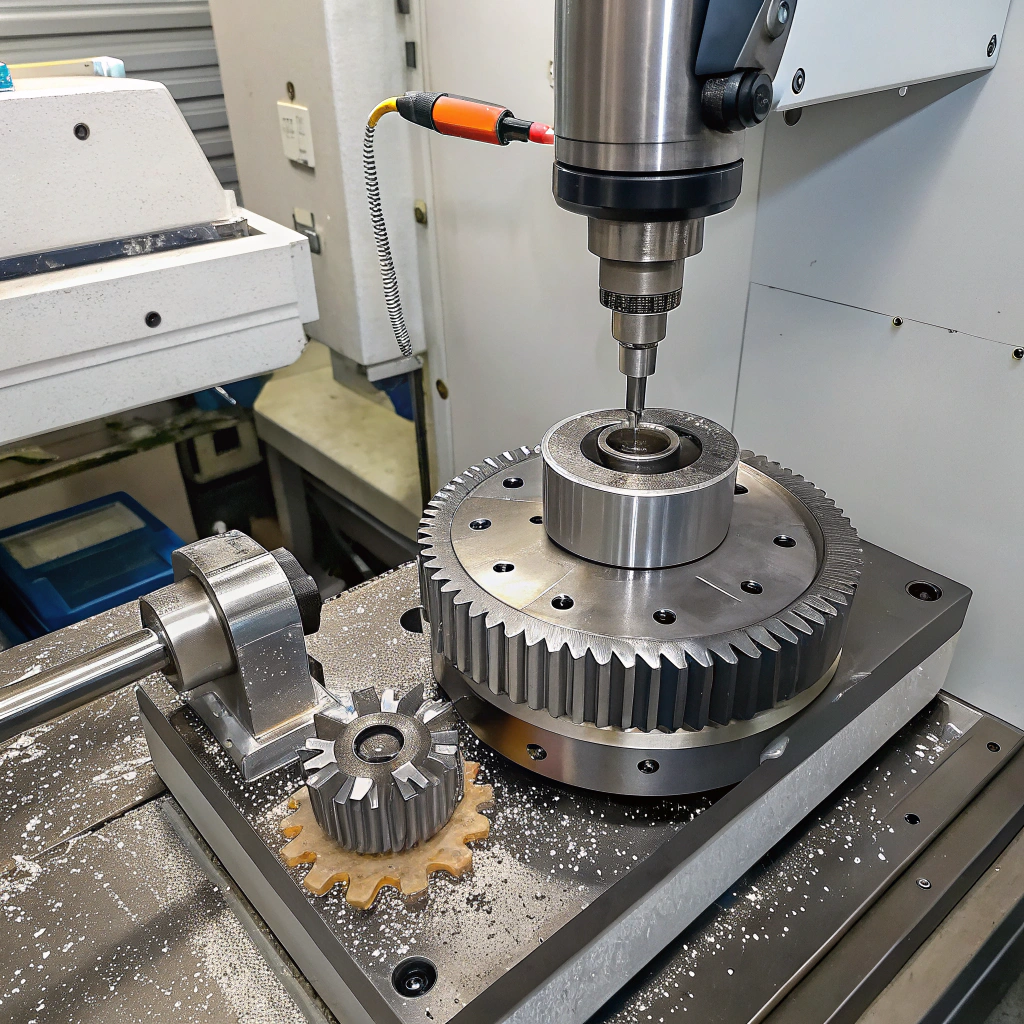
Axis Classifications Explained
| Classification | Motion Capabilities | Example Tasks |
|---|---|---|
| 2-Axis | X and Z axes only | Simple turning |
| 3-Axis | X, Y, Z axes | Milling flat surfaces and contours |
| 4-Axis | Adds rotation (A-axis) around X or Y | Machining multiple sides, gears |
| 5-Axis | Adds two rotational axes (A and B) | Aerospace parts, deep cavity tools |
| 6+ Axis | Fully articulated, robotic arms | Ultra-complex parts |
Why does axis count matter?
A customer from Germany needed an aluminum housing with holes on multiple angled surfaces. A 3-axis machine would require several setups and repositioning. But our 5-axis CNC could complete the part in a single setup, ensuring tighter tolerances and lower cost.
Summary Table
| Axis Count | Setup Complexity | Part Complexity | Machining Time | Cost per Part |
|---|---|---|---|---|
| 3-Axis | Simple | Moderate | Longer | Lower (for simple parts) |
| 5-Axis | Complex | Very complex | Faster | Higher (but saves cost on fixtures) |
What are the foundational principles of CNC machine tools?
CNC machining might look modern, but it’s built on basic, timeless principles.
The foundation of CNC machining lies in precision motion control, toolpath planning, and repeatability — all based on three key movements: feed, speed, and depth of cut.
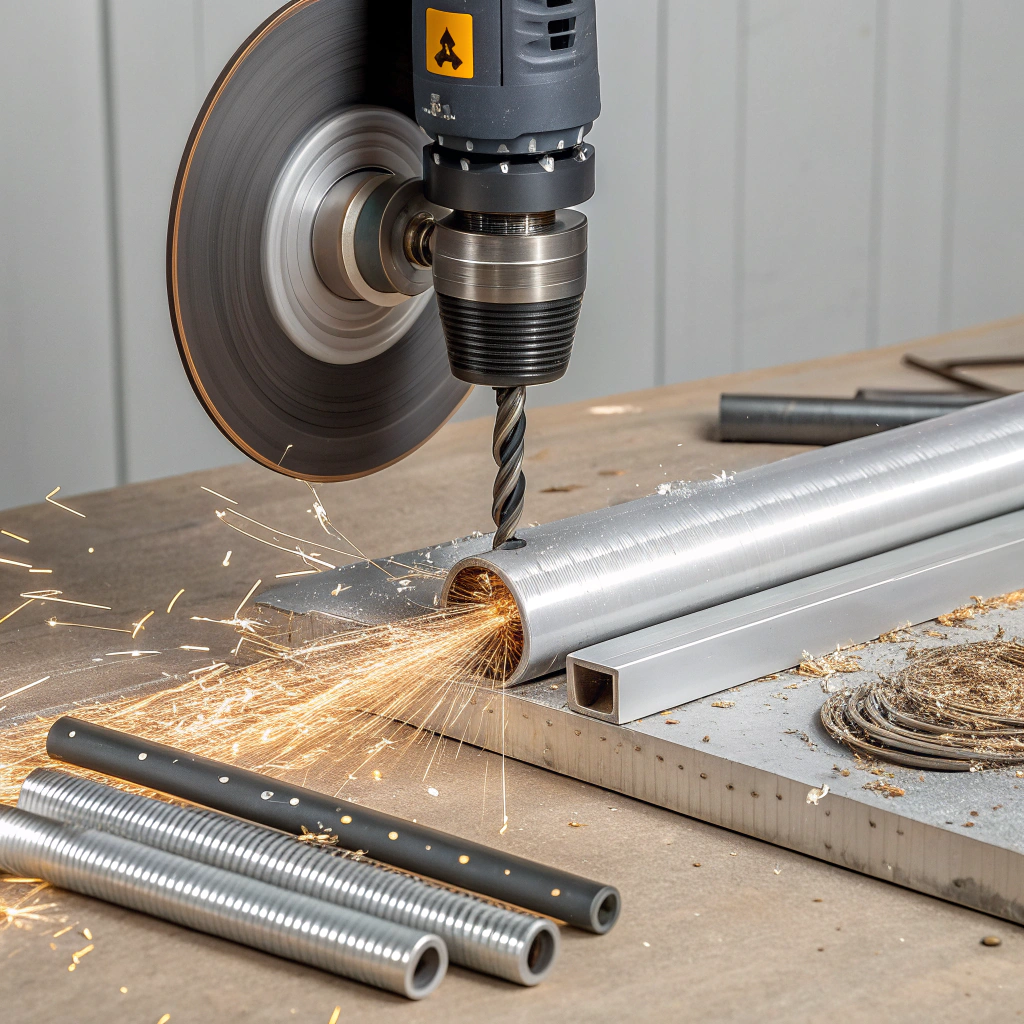
1. Feed Rate
This is how fast the tool moves through the material. It’s measured in mm/min or in/min. Too slow, and the part burns. Too fast, and the tool breaks.
2. Spindle Speed (RPM)
This is how fast the cutting tool spins. Different materials need different speeds. Aluminum, for example, needs higher RPM than steel.
3. Depth of Cut
This is how deep the tool goes into the material per pass. Deep cuts are faster, but risk more tool wear or part deflection.
The importance of G-code
CNC tools follow instructions written in G-code, which tells the machine when to move, stop, rotate, change tools, and more. For example:
G01 X50 Y25 F150This command tells the machine to move to X=50, Y=25 at a feed rate of 150 mm/min.
Toolpath and Programming
Toolpath programming is critical. It affects surface finish, cycle time, and material waste. For precision parts like solar panel frames or lighting aluminum shells, we program toolpaths to balance speed and finish.
Our experienced team often reprograms customer-submitted drawings to make them more CNC-friendly — saving both machining time and material.
How to choose the right CNC type for your application?
Many people just ask for "CNC machining" without specifying the type. That leads to poor fit, higher cost, or missed tolerances.
The best CNC type depends on the part’s geometry, material, quantity, and tolerance requirement.
![[Catchy Title or Product Name] Image of [Product Name or Description]](https://alumaching.com/wp-content/uploads/image-of-product-name-or-description.webp)
Decision checklist
Ask yourself these questions:
-
What shape is the part?
- Cylindrical → Choose CNC turning
- Flat or complex surface → Choose CNC milling
-
What material are you using?
- Aluminum, plastic → Use routers or mills
- Hard steel → Use EDM or high-speed milling
-
Do you need tight tolerances?
- Yes → Use 5-axis or grinding
- No → 3-axis is enough
-
How many pieces are needed?
- Low volume → Use flexible setups like 3-axis
- High volume → Use automated multi-axis systems
-
What’s your budget?
- Simpler machines cost less but take longer
- 5-axis machines cost more but reduce total time
Example use cases
| Industry | CNC Type Used | Why It’s Chosen |
|---|---|---|
| Aerospace | 5-axis milling | Complex surfaces, tight tolerance |
| Automotive | 3-axis + turning | Mix of shapes, moderate precision |
| Electronics | CNC routing | Thin aluminum or plastic casings |
| Industrial Frames | 3-axis milling | Straight cuts, cost-effective |
| Marine Hardware | CNC turning + milling | Round bushings, threaded holes |
In one project, a U.S. client needed high-precision LED light housings with angled vents. We used 5-axis machining to shape the vents and drilled ports in one go. That reduced the number of setups, saved time, and ensured all parts looked identical.
Conclusion
CNC machining includes different methods like milling and turning, with classifications like 3-axis or 5-axis. Choosing the right type depends on part geometry, material, and accuracy needs. Understanding these basics helps you work smarter with your supplier.

